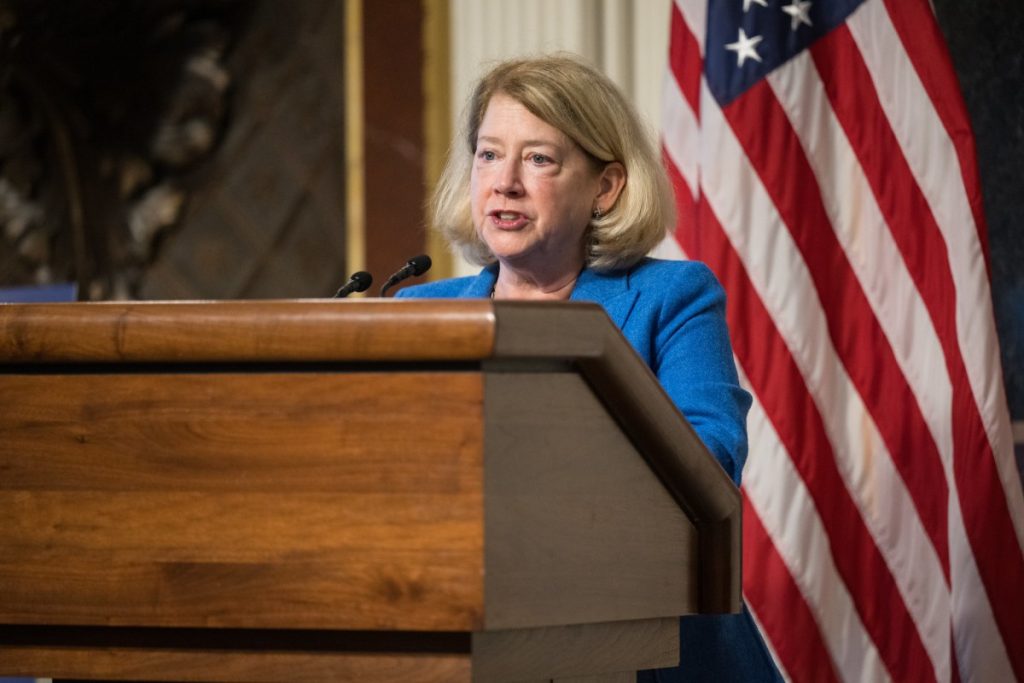WASHINGTON — NASA has endorsed the need to have humans in orbit continuously as it navigates the transition from the International Space Station to commercial stations at the end of the decade.
NASA published Dec. 16 the final version of a Low Earth Orbit Microgravity Strategy, outlining the goals related to science, technology and other areas associated with a human presence in LEO. The final version updates a draft the agency published in August.
The draft version had triggered a discussion of what NASA intended with its desire for a “continuous human presence” in LEO. “Is it a continuous heartbeat or a continuous capability?” NASA Deputy Administrator Pam Melroy said in a talk at the International Astronautical Congress in Milan in October. “While we originally hoped that this would just emerge from this process, we’re still having conversations about that.”
The concept of “continuous heartbeat,” she said, was what most people thought of when defining a continuous human presence: having people in LEO continuously. On the other hand, “continuous capability” meant retaining the ability to send people to LEO, but opened the door to having gaps in an actual crewed presence in orbit.
Continuous capability, Melroy said in October, might be an option as commercial space station developers gradually built up their facilities. “We didn’t build the space station overnight and they won’t either, so they will have limited capabilities to start with.”
The strategy, though, comes down firmly on the side of continuous heartbeat. “A key conclusion derived from the development of the agency’s Low Earth Orbit Microgravity Strategy is the concept of ‘continuous heartbeat,’” the document states. “With the planned deorbit of the International Space Station in 2030, it is clear through assessing the goals and objectives, as well as engaging with international, industry, and academia stakeholders, that NASA’s primary need is long-duration flights of six months to a year to mitigate risks for future trips to Mars.”
The strategy noted that shorter missions, lasting between one and six months, “will have limited value.” It also cited the need to maintain a “diversity of providers” for assured access to LEO.
“With the added motivation to maintain leadership in space, ‘continuous heartbeat’ in the era of commercial low Earth orbit destinations is logically required,” the strategy concluded.
“Our consultation with industry, academia, and international partners has helped refine a visionary roadmap for our future in low Earth orbit, which will be enabled by a continuous human presence,” Melroy said in a statement about the final version of the strategy.
The discussion about continuous heartbeat versus continuous capability split companies working on commercial space stations. Some, like Axiom Space, warned that continuous capability was “kind of hedge” and called for a focus on continuous heartbeat.
However, Max Haot, chief executive of Vast, said at an event in November that continuous capability could offer a more gradual transition from the ISS to commercial stations, provided the short-duration missions to commercial stations took place in parallel to ISS operations.
The completion of the LEO Microgravity Strategy comes as NASA is preparing for the next phase of its Commercial LEO Destinations, or CLD, program, which will fund one or more companies to certify their stations for NASA astronauts and to purchase services on those stations. NASA expects to issue the call for proposals for that second phase of the CLD program in 2025 and make awards in 2026.
“These finalized objectives represent a clear path forward as NASA transitions from the International Space Station to a new era of commercial space stations,” Robyn Gatens, director of the ISS and acting director of commercial spaceflight at NASA Headquarters, said in a statement. “Low Earth orbit will remain a hub for scientific discovery, technological advancement, and international cooperation, while making strategic investments in a commercial space ecosystem that benefits not just NASA, but the entire space community.”

